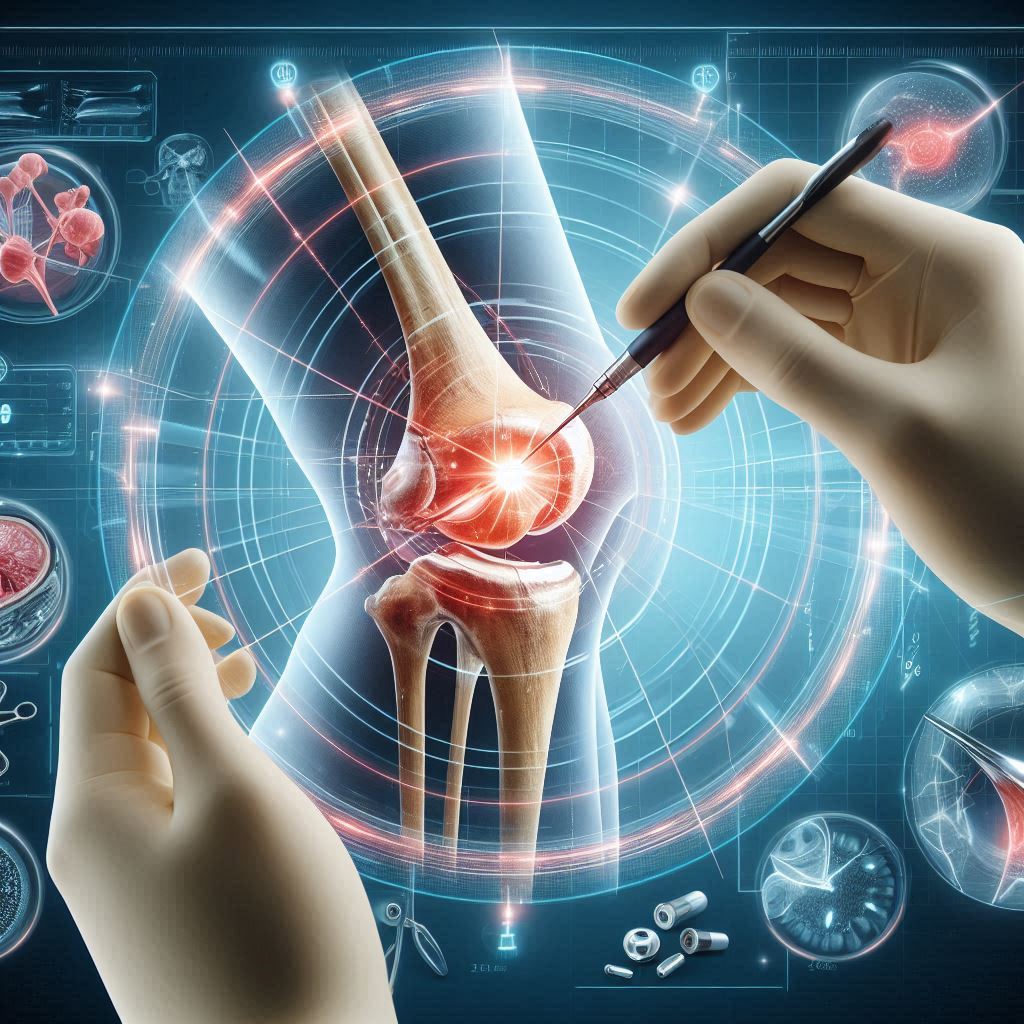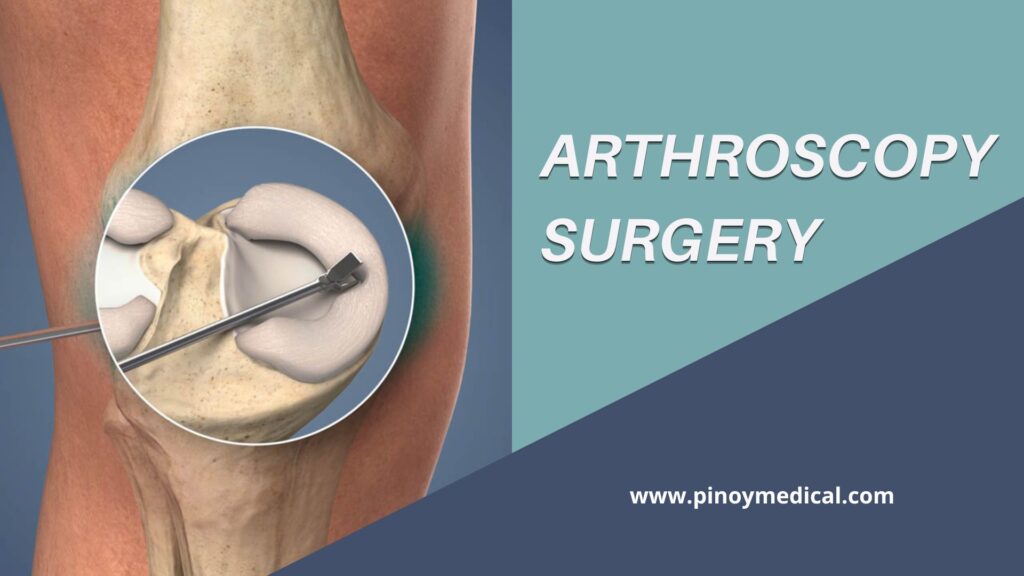Arthroscopy surgery is a minimally invasive treatment for diagnosing and treating problems with joints. A microscopic camera and devices are inserted into small cuts by the surgeon to assess and repair injured joints like the hip, wrist, shoulder area, or knee. Compared to typical open surgery, this method avoids tissue damage, shortens recovery time, and allows a faster return to everyday routines.
Arthroscopy Surgery Price
The cost of arthroscopy surgery, in hospitals that are both public and private, usually ranges from ₱50,000 to ₱169,000, depending on the portion of the body that needs to be operated on. Senior citizens may be able to take advantage of discounts, and PhilHealth coverage may help pay for part of the cost of the procedure. Additionally, a lot of hospitals provide affordable packages for all-inclusive care. It is best to speak directly with local hospitals for exact prices and any applicable savings.

Popular Hospitals and Clinics that Offer Arthroscopy Surgery
Hospitals demand various prices for arthroscopy surgery because of things like facility reputation, standards, surgeon experience, and extra services. Public medical centers might charge less Because they get government funding and have lesser overhead than private healthcare facilities. The prominent institutions that do arthroscopy surgery are listed below.
| Hospitals/Lab | Location | Contact | |
| Western Visayas Medical Center | Q. Abeto St., Mandurriao 5000 Iloilo City | (033) 3307700 | [email protected] |
| University of Cebu Medical Center – UCMed | Ouano Avenue, City South Special Economic Administrative Zone 6014 Mandaue City | (032) 5170888 | [email protected] |
| Asian Hospital and Medical Center | 2205 Civic Dr, Alabang, Muntinlupa, 1780 Metro Manila | 0287719000 | [email protected] |
| Capitol Medical Center, Inc. | Quezon Avenue, corner Scout Magbanua Street, Quezon City, 1003 Metro Manila | +0283723825 | [email protected] |
| Southern Philippines Medical Center | Southern Philippines Medical Center, J.P. Laurel Ave, Bajada, Davao City, 8000 Davao del Sur | 0822272731 | [email protected] |
| St. Lukes Medical Center | 279 E Rodriguez Sr. Ave,Quezon City, Rizal Drive cor. 32nd St. and 5th Ave Taguig City | +63287230101 +63287897700 | [email protected] [email protected] |
| Philippine Orthopedic Center | Banawe St. Corner Maria Clara 1104 Quezon City | (02) 87114276 | [email protected] |
| Makati Medical Center | Amorsolo Street, corner Dela Rosa Street 1229 Makati | (02) 88888999 | [email protected] |
| VRP Medical Center | 163 Epifanio de los Santos Ave, Mandaluyong, 1501 Metro Manila | (02) 84649999 | [email protected] |
| Las Piñas City Medical Center – CityMed | #1314 Marcos Avenue, Talon V, Las Piñas City, Philippines 1747 Las Piñas | 09175686679 | [email protected] |
Video about Arthroscopic Surgery
FAQs
Which joints are frequently treated with arthroscopic surgery?
An arthroscopic surgery is frequently used to detect and treat diseases like torn tendons and ligaments, tissue destruction, and swelling in joints such the one in the knee, shoulder area, hip regions ankle, elbow, and wrist.
How long does it take to recover from an arthroscopy?
The length of recovery varies based on the particular operation and personal circumstances. Following surgery, patients should generally be able to resume modest activity in just a few days up to a week, with complete recuperation requiring many weeks to months.
Are there dangers involved in having an arthroscopy?
Like every surgical operation, arthroscopy surgery involves some dangers in addition to being thought to be safe. These include bleeding, clotting, infection, injury to blood vessels or nerves, and anesthesia-related side effects. Still, they are not very high risks.
What is the length of stay required for an arthroscopy procedure?
Patients who have arthroscopy surgery can typically return home the same day because it is typically done as an outpatient treatment. Most patients can go home within just a few days after recuperation, though in certain circumstances, overnight supervision may be necessary.
What can I anticipate from the time I’m recovering?
Patients may have pain, stiffness, and swelling around the treated joint throughout the healing phase. It is frequently advised to engage in physical rehabilitation and treatment activities to restore joint power, mobility, and freedom of motion.


